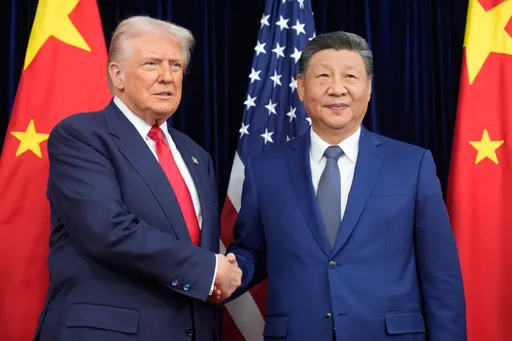Kenyan President William Ruto has confirmed that the country is implementing deliberate daily power rationing, marking the first official acknowledgment of the load-shedding.
This comes as Kenyans experience increasing blackouts in recent days, fuelling frustration and speculation on what’s really happening.
Speaking earlier this week during a meeting with Kenyans living in Doha, Qatar, President Ruto said the load-shedding is being implemented due to technical faults and routine maintenance.
Ruto revealed that between 5 pm and 10 pm each day, power supply is intentionally shut off in some areas to prevent a collapse of the national grid due to insufficient electricity supply.
Supply inadequate
Kenya’s current generation capacity stands at approximately 2,316 megawatts, which President Ruto described as the highest in five years but still inadequate for the country’s population of nearly 60 million.
Peak demand hit a record 2,412 megawatts in October 2025. This shortfall forces the state-owned utility company, Kenya Power, to implement rolling blackouts during the evening peak hours to stabilise the system. The crisis could severely impact Kenya's economic ambitions.
President Ruto disclosed that plans for mega foreign investments are stalled because a single investment facility would require nearly half of the nation’s entire power output.
Underscoring the scale of the infrastructural challenge, the Kenyan president said: “For us to operate one data centre, we would have to shut down half of the country”.

He further emphasised that Kenya needs a minimum of 10,000 megawatts to industrialise.
This requires an investment of Sh1.2 trillion, the equivalent of $10 billion.
Cause of crisis
A primary cause of the crisis is a freeze on new Power Purchase Agreements (PPAs) since 2018, which has halted the addition of significant new generation capacity despite surging demand.
Consequently, Kenya has become increasingly dependent on electricity imports from neighbours like Ethiopia.
In response, the Kenyan government has launched a plan to expand capacity, focusing on projects like geothermal development and the construction of mega-dams across the country.




















